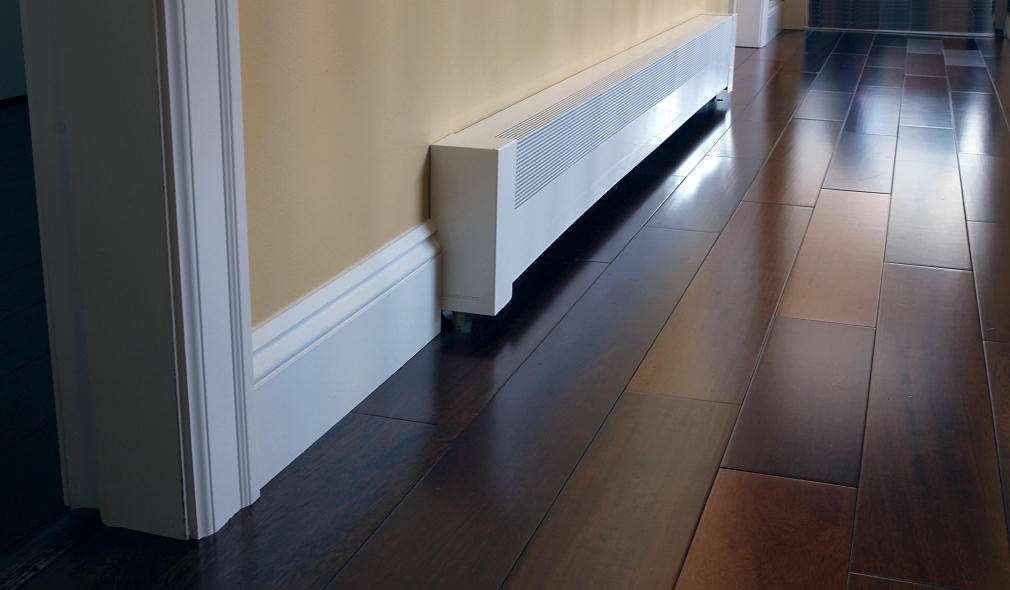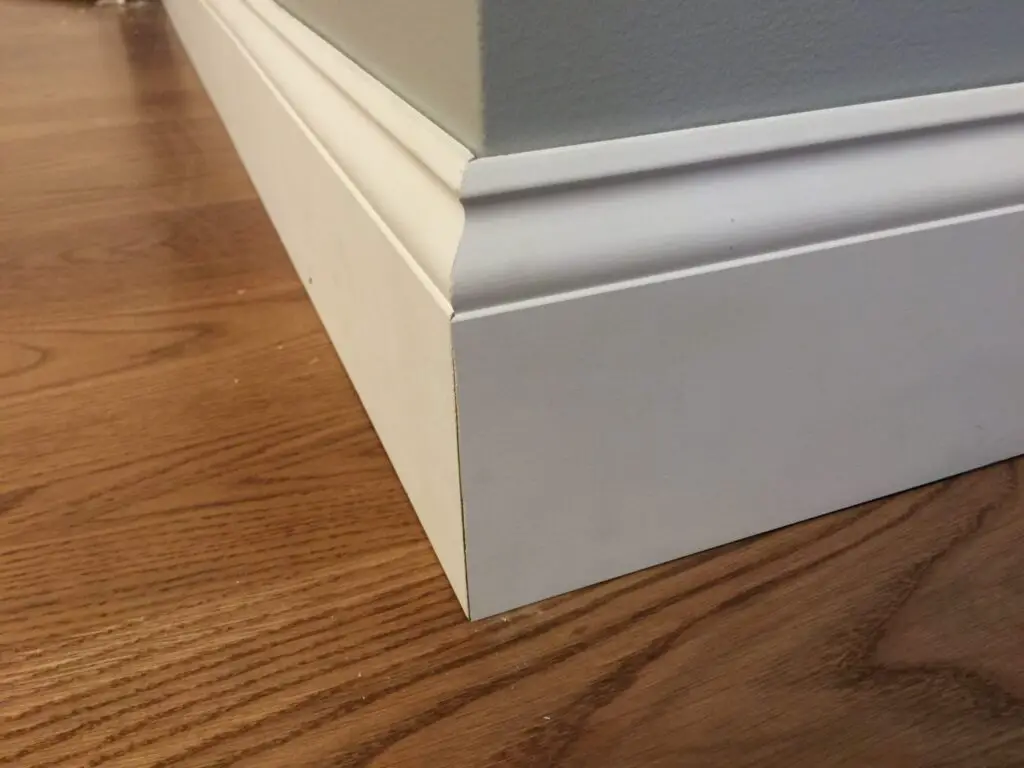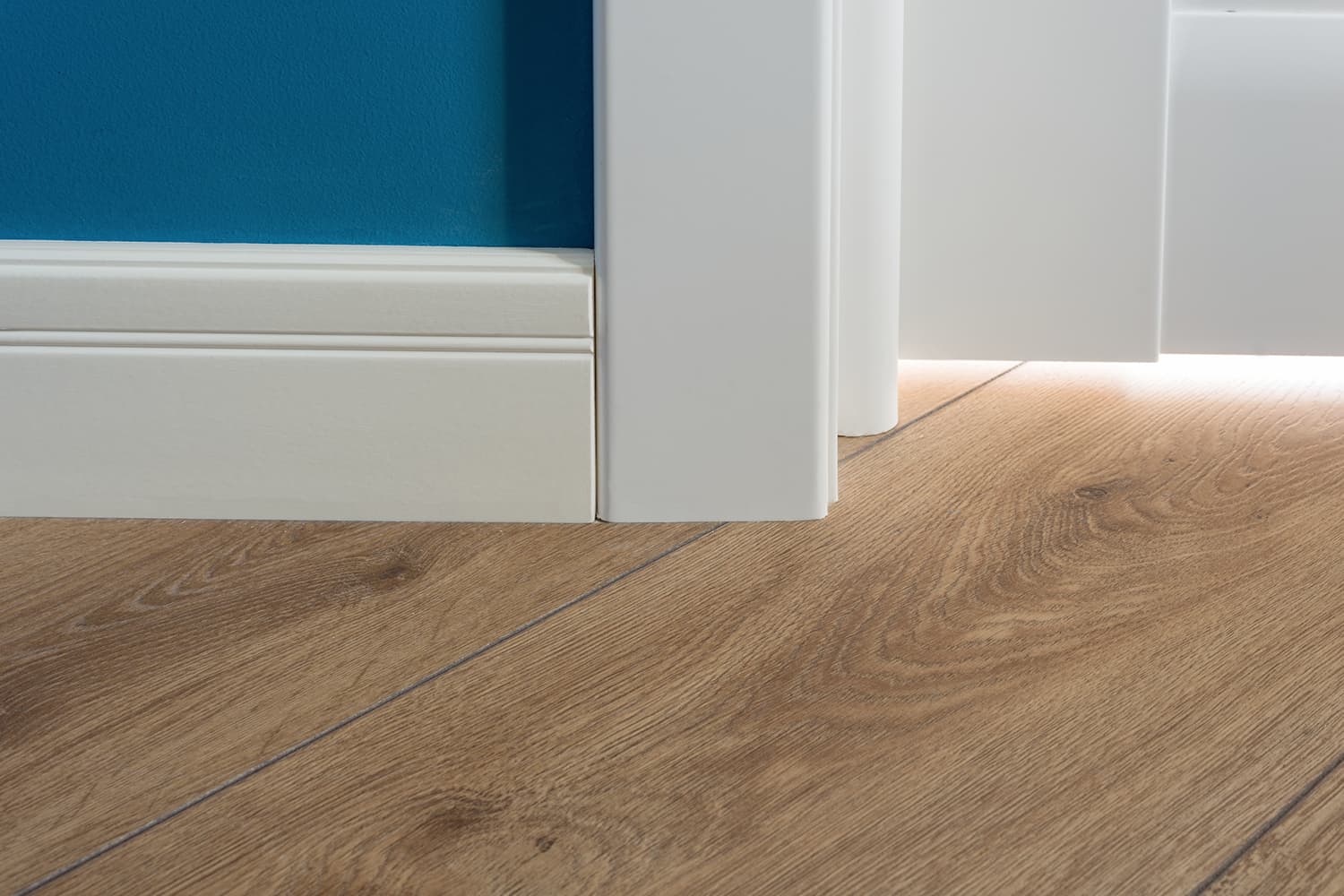What Are Baseboards
Introduction
What Are Baseboards: Baseboards are an essential component of interior design that often go unnoticed. These long, narrow boards are installed at the bottom of walls, where they meet the floor. They serve both a functional and aesthetic purpose, providing a finished look to a room while also protecting the walls from damage. Baseboards come in a variety of materials, styles, and sizes, allowing homeowners to choose patio furniture the perfect option to complement their decor.
Functionally, baseboards act as a barrier between the wall and the floor, preventing dirt, dust, and debris from accumulating in the gap. They also help to conceal any imperfections or unevenness in the joint between the wall and the floor. Additionally, baseboards provide a buffer zone for furniture and other objects, preventing them from directly touching and potentially damaging the walls.
From an aesthetic standpoint, repaint baseboards can greatly enhance the overall look and feel of a room. They add a sense of polish and sophistication, creating a seamless transition between the walls and the floor. Baseboards can be painted to match the walls or contrast with them, depending on the desired effect. They can also be stained or left in their natural wood finish for a more rustic or traditional look.
Baseboards come in a range of materials, including wood, MDF (medium-density fiberboard), vinyl, and even metal. Each material has its own unique characteristics and benefits. Wood baseboards, for example, are highly versatile and can be easily customized to fit any style. MDF baseboards are more affordable and resistant to moisture, making them a popular choice for bathrooms and kitchens. Vinyl baseboards are durable and easy to clean, while metal baseboards offer a sleek and modern aesthetic.

What is the purpose of baseboards?
Baseboards inside add style and usefulness. They finish off rooms and keep floors and walls safe. Baseboards are made of wood, plastic, or MDF and are put up where the walls meet the floor.
The wall-to-floor gap is mostly hidden by baseboards. This kind of imbalance is annoying in older homes that settle over time. Baseboards hide this space and make surface changes smooth, giving the room a clean, finished look.
Baseboards make walls look great and keep them safe. Things like furniture and vacuum cleaners could scratch and dent walls without borders. Baseboards that absorb shock protect walls.
Baseboards keep damp out by separating the walls from the floor. This is important because bathrooms and kitchens are always wet and sticky. Baseboards keep water and mold away from the joint where the floor meets the wall.
Baseboards make places look better. Come in a lot of different sizes and styles, so homeowners can find ones that match their style. Baseboards, whether they are simple or fancy, give a room personality and visual depth.
What are baseboards called in UK?
UK baseboards are called skirting. In interior planning, you need skirting boards that go from floor to wall. They finish off rooms and keep walls safe.
You can get border boards made of wood, MDF, or PVC. Each material has its own benefits, and you can pick the one that works best for you and your area. People like wood skirting boards because they last a long time and look nice, while people like PVC skirting boards because they are cheap and easy to clean.
People can find skirting boards in a range of sizes and lengths to match their home decor. The bullnose, ogee, and torus styles are all very common. You can get border boards that are round, oval, convex, torus, or bullnose. These styles make rooms look unique and stylish.
Wall-to-floor room is hidden by skirting boards, which is a good thing. Keeping dirt, dust, and other things out of the gap makes cleaning easier. Skirting boards keep out drafts and wetness, which makes a room warmer.
Skirting boards are an important part of UK home design. Walls are kept safe and painted. Skirting boards come in many styles, shapes, and materials, so people can choose ones that look good in their homes and suit their tastes. Come in a lot of different sizes and styles, so homeowners can find ones that match their style. Baseboards, whether they are simple or fancy, give a room personality and visual depth.
What is the difference between trim and baseboard?
Trim and baseboard are important decor and construction elements, although they have different uses. Knowing the difference between trim and baseboard might help you choose and install them. Different sizes and styles, so homeowners can find ones that match their style. Baseboards, whether they are simple or fancy, give a room personality and visual depth.
Trim is decorative molding or millwork used on walls, ceilings, and other architectural components. This is used around doors, windows, and wall tops and bottoms. Trim can be made from wood, MDF, and PVC.
Trim is available in different styles and profiles to match your space. Common trims include crown molding, chair rail, and picture rail. Paint or stain trim to match surrounding surfaces or leave untreated for a rustic look. Come in a lot of different sizes and styles, so homeowners can find ones that match their style. Baseboards, whether they are simple or fancy, give a room personality and visual depth.
Baseboard goes where walls touch the floor. The main aim is to protect the wall from furniture, vacuum cleaners, etc. The wall-floor joint is finished with baseboard. Baseboards come in a lot of different sizes and styles, so homeowners can find ones that match their style. Whether they are simple or fancy, give a room personality and visual depth.
Baseboard is wider and thicker than other trim to withstand impact. Wood is generally used, however MDF and PVC are too. Like trim, baseboard can be painted, stained, or left unpainted.
What is baseboard wall?
Baseboard walls are made of boards. Baseboards are long, thin boards made of wood or another strong material. At wall ends, they hide the joint between the wall and floor.
Baseboards are used in every room of a house or business. Useful and nice-looking. Baseboards protect the walls from things like furniture, vacuums, and more. Gaps and flaws between the walls and floors are hidden.
Baseboard walls serve a purpose and look nice at the same time. You can paint or stain it to match the room, or leave it raw for a more natural look. Baseboards with complicated designs make a room look better.
Baseboard walls are used for building and fixing up. They can be easily taken down and put up again by using nails or glue to attach them to the wall. There could be crown molding, chair rails, and other trim on the baseboards.
Any room can use baseboard walls. Baseboards add style, protect walls, and hide flaws.
Why do rooms have baseboards?
Have you ever thought about why most rooms have baseboards? Long, thin wall planks are both useful and nice to look at. This kind of thing is usually made of wood or another strong material and is put where the floor meets the wall. Modern home designs like borders that are over 100 years old.
Baseboards protect the walls in each room. Low walls that don’t have borders would get scratched and scuffed. Baseboards protect the walls from things like furniture, vacuums, and more. Keeping walls looking nice cuts down on fixes and repainting.
Baseboards protect and look good. Wall finishing makes a room look better. Baseboards come in many styles, sizes, and finishes to match any home decor. Their style could be simple or showy. Baseboards that match the color scheme of the room look better.
Cover up holes between the floor and walls with baseboards. Baseboards fill in gaps in older homes and buildings where the floors aren’t level. Smoothing the shift between the walls and floors makes the room look better. Wall borders hide power lines and other things that are used.
Baseboards make buildings look better and work better. They keep furniture, vacuums, and other things from hitting the bottoms of the walls. They protect against cuts, scrapes, and dents.
Baseboards hide the joint between the wall and floor to finish a room. They make space better by making surface changes smoother. Baseboards set the style of a room, whether it’s classic, modern, or contemporary.
How are baseboards typically installed and attached to walls?
Baseboards are typically installed and attached to walls using a few different methods. The most common method is nailing or screwing the baseboards directly into the wall studs. This provides a secure and sturdy attachment that will hold up over time. Before attaching the baseboards, it is important to measure and cut them to the appropriate length, ensuring a proper fit along the wall.
Another method of installation is using adhesive or construction adhesive to attach the baseboards to the walls. This method is often used when the walls are made of materials that cannot be easily nailed into, such as concrete or tile. The adhesive provides a strong bond between the baseboards and the walls, ensuring they stay in place.
Once the baseboards are attached to the walls, it is common to fill any nail holes or gaps with wood filler or caulk. This helps to create a seamless and finished look. After filling, the baseboards can be sanded and painted to match the interior design of the room, if desired.
What are the different materials commonly used for baseboards?
Baseboards are an essential component of any building or home as they serve both functional and aesthetic purposes. They are installed at the bottom of walls to protect them from damage caused by furniture, vacuum cleaners, and foot traffic. Additionally, baseboards also provide a finished look to the room by covering the joint between the wall and the floor.
There are several different materials commonly used for baseboards, each with its own unique characteristics and advantages. One of the most popular materials is wood, which offers a classic and timeless look. Wood baseboards can be made from various types of wood, such as pine, oak, or maple, and can be stained or painted to match the interior design of the room.
Another common material for baseboards is MDF (medium-density fiberboard), which is a cost-effective option. MDF baseboards are made from compressed wood fibers and resin, resulting in a smooth and uniform surface. They are easy to install and can be painted in any color to complement the room’s decor. PVC (polyvinyl chloride) is also a popular choice for baseboards, especially in areas with high moisture, such as bathrooms or kitchens. PVC baseboards are resistant to water damage and are available in a variety of styles and finishes.
Can baseboards be customized or painted to match the interior design of a room?
Yes, baseboards can be customized or painted to match the interior design of a room. Baseboards are often seen as a finishing touch to a room’s decor, and they can be customized in various ways to complement the overall aesthetic. One option is to choose baseboards made from a material that can be easily painted, such as wood or MDF (medium-density fiberboard). This allows for flexibility in selecting a color that matches or contrasts with the walls and other elements in the room.
Additionally, baseboards can be customized in terms of their size and shape. While standard baseboards are typically rectangular in shape, there are various profiles available that can add visual interest and enhance the overall design of a room. These profiles can range from simple curves to more intricate patterns, allowing for a personalized touch that aligns with the desired interior style.
Are there any alternative options to baseboards for protecting the bottom of walls from damage?
Yes, there are alternative options to baseboards for protecting the bottom of walls from damage. One popular alternative is using wall guards or corner guards. Wall guards are typically made of durable materials such as vinyl or rubber and are installed at the bottom of the wall to provide protection against scuffs, scratches, and impact. They are especially useful in high-traffic areas such as hallways or corridors where the walls are more prone to damage.
Another alternative option is using chair rails. Chair rails are horizontal moldings that are installed on the wall at a height of about 30 inches from the floor. They not only add a decorative element to the room but also serve as a barrier against furniture or other objects that may come in contact with the wall. Chair rails are commonly made of wood or composite materials and can be painted or stained to match the interior design of the room.

Conclusion
Baseboards are an essential component of interior design that serve both functional and aesthetic purposes. They are long, narrow boards that are installed at the bottom of walls, where they meet the floor. Baseboards are typically made of wood, but they can also be made of other materials such as vinyl or MDF (medium-density fiberboard). They are available in a variety of styles and sizes to suit different architectural styles and personal preferences.
From a functional standpoint, baseboards moulding serve to protect the bottom of walls from damage caused by furniture, vacuum cleaners, and other objects that may come into contact with the walls. They act as a barrier, preventing scratches, dents, and scuff marks from appearing on the walls. Baseboards also help to conceal any gaps or unevenness between the wall and the floor, creating a clean and finished look.
On the aesthetic side, baseboards can greatly enhance the overall appearance of a room. They add a decorative element to the space, helping to define the style and character of the room. Baseboards can be simple and understated, or they can be ornate and intricate, depending on the desired look. They can be painted to match the walls or contrast with them, creating visual interest and depth. Additionally, baseboards can be used to create a sense of continuity and flow throughout a home by using the same style and color in all rooms.








